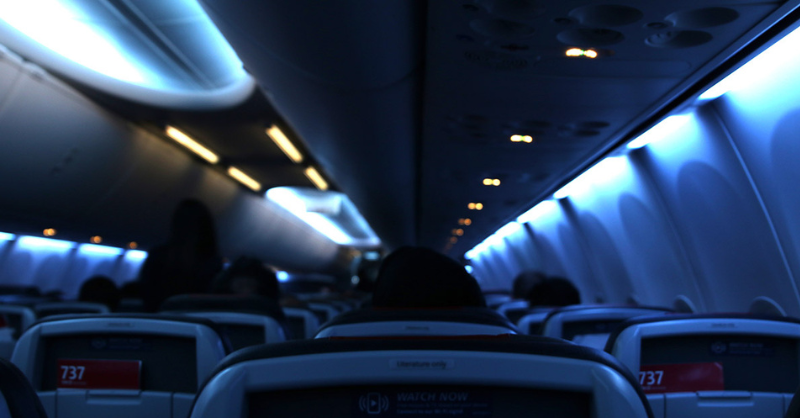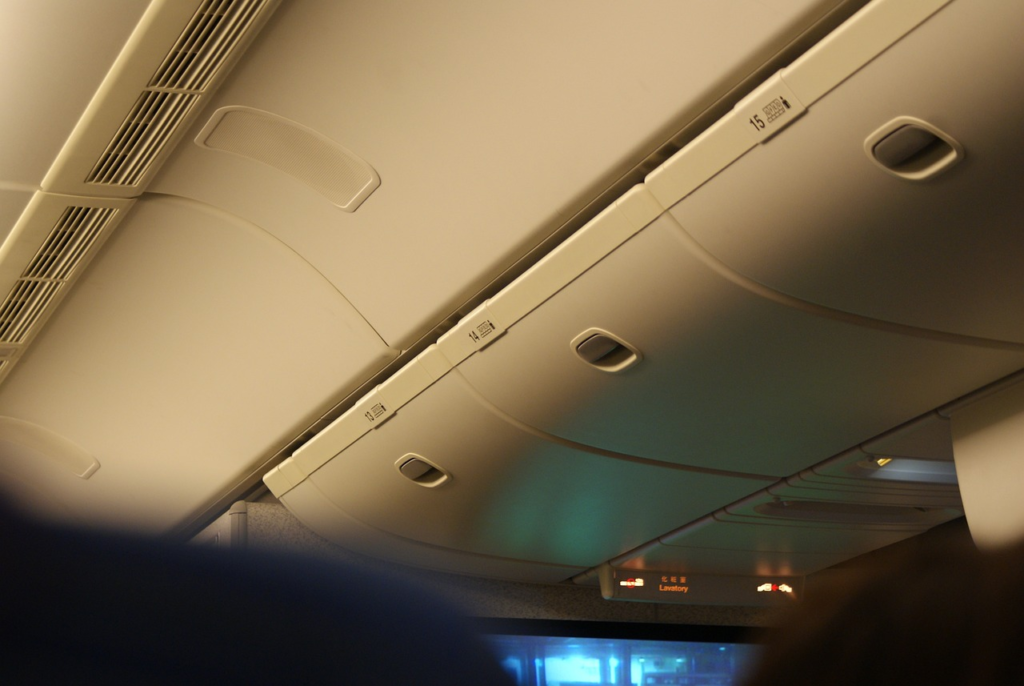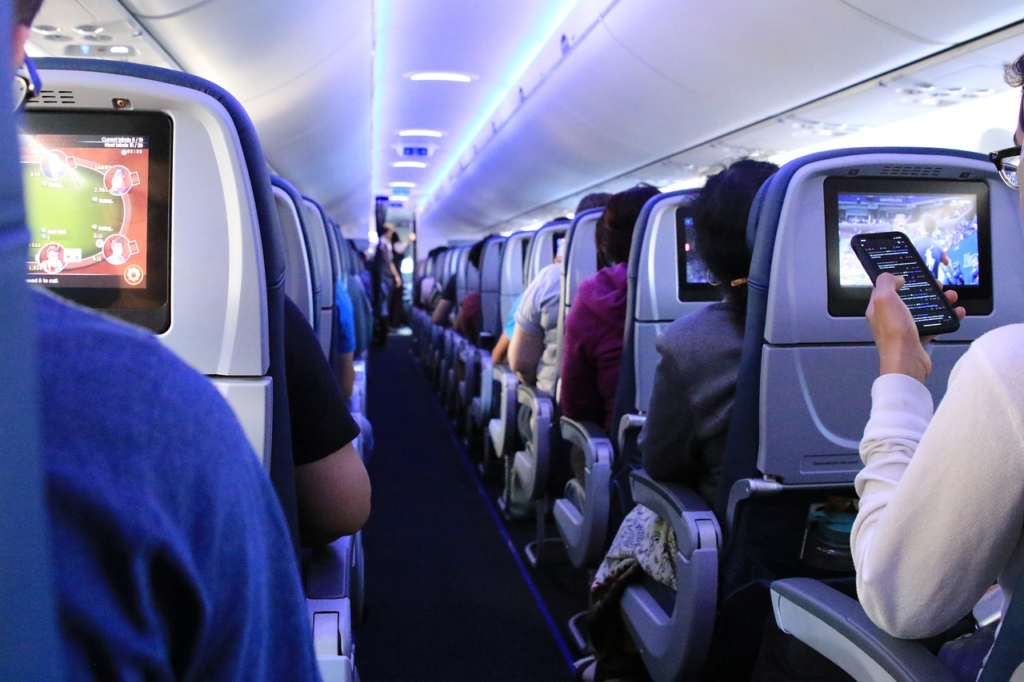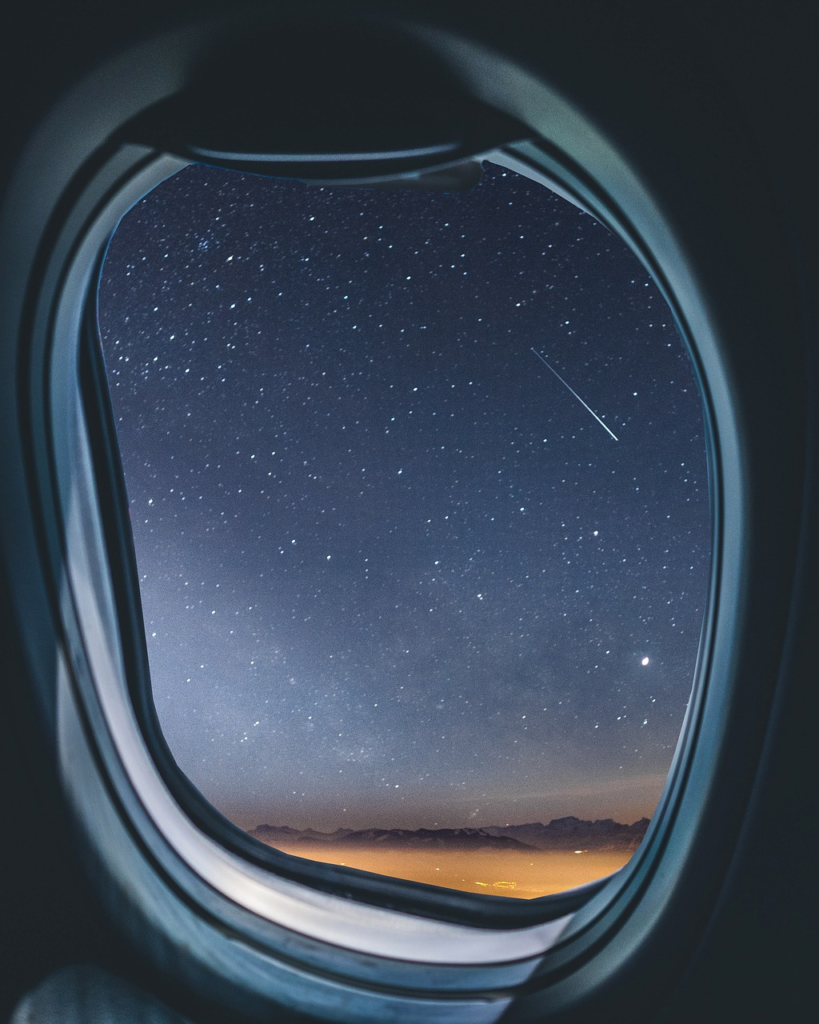When you board an airplane and find your seat, you might notice that the cabin lights dim during takeoff and landing. This common practice has nothing to do with helping you get some rest.
Instead, it’s a crucial safety measure designed to prepare passengers and crew for potential emergencies. Here’s why dimming the cabin lights is more than just a routine procedure.

Safety Precaution: Adjusting to Darkness
The primary reason for dimming the cabin lights during takeoff and landing is to help passengers’ and crew members’ eyes adjust to the lower light levels. “During dawn, dusk, and night, flight crews dim the lights so that in case of an emergency where passengers and the flight crew have to abandon the aircraft, their eyes already are adjusted to the dark,” explains Dan Bubb, a former airline pilot and current associate professor at the University of Nevada, Las Vegas. It takes about 5 to 10 minutes for eyes to adjust from bright light to darkness, and this adjustment is critical if an evacuation is necessary.

Critical Phases of Flight
Takeoff and landing are the most dangerous times in an aircraft’s journey. According to Boeing, 21% of fatal accidents occur during takeoff and initial climb, and 46% happen during final descent and landing. During these phases, pilots are extremely busy monitoring aircraft systems, scanning the environment, and following air traffic control instructions. The aircraft is also in a “dirty configuration” with wing flaps and landing gear down, making it more vulnerable to issues.
Enhancing Emergency Preparedness
Dimming the cabin lights helps ensure that if an emergency evacuation is needed, passengers can quickly and safely find their way to the exits. The dimmed lights make it easier to see the illuminated emergency exit signs and floor path lighting. “The lights in the cabin are dimmed at dusk and when it’s dark out, so your eyesight can adjust in order to more easily evacuate the aircraft,” says Sue Fogwell, a former United Airlines flight attendant.

Other Lighting Adjustments
In addition to dimming the lights, flight attendants will ask passengers to perform other tasks such as closing tray tables, stowing bags, and returning seats to the upright position. These actions ensure clear pathways to the exits. Moreover, flight attendants may ask passengers to open their window shades. “Raising your window shade during takeoff and landing makes it easier for the flight attendants to assess any exterior hazards — fire, debris — that might interfere with an emergency evacuation,” explains airline pilot Patrick Smith.
Conserving Energy and Passenger Comfort
Beyond safety, dimming the lights during nighttime flights helps conserve energy and creates a more restful environment for passengers. After takeoff, once passengers are settled, the lights are usually dimmed to promote a calm atmosphere conducive to sleep.

Final Thoughts
Next time you notice the cabin lights dimming, remember it’s a crucial safety procedure designed to ensure that everyone on board is prepared for any emergency. By allowing your eyes to adjust to lower light levels, the airline is enhancing your ability to see and navigate if a quick evacuation becomes necessary. This small detail, alongside other safety measures, plays a significant role in optimizing conditions for a safe flight experience.

